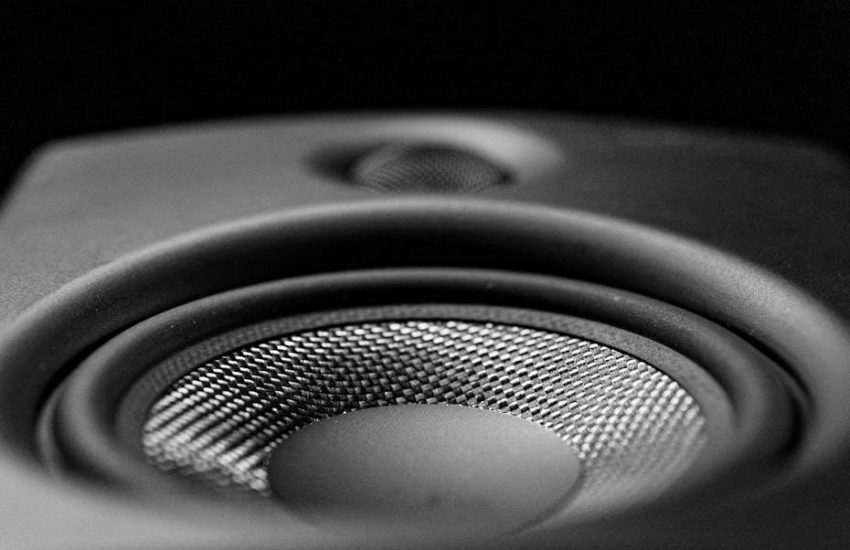manual door lock
Manual door locks provide security and convenience with various types available‚ including deadbolts and latches‚ offering a range of features and benefits for users‚ with a focus on simple operation and durability always․
Overview of Manual Door Locks
Manual door locks are widely used for securing doors and providing a sense of safety and security․ They are operated manually‚ using a key or a handle‚ and are commonly found in residential and commercial settings․ The main purpose of a manual door lock is to prevent unauthorized access and provide a physical barrier between the inside and outside of a building․ Manual door locks come in various shapes and sizes‚ and are made from different materials‚ such as metal‚ wood‚ and plastic․ They are also available in different finishes‚ including brass‚ bronze‚ and stainless steel․ Overall‚ manual door locks are a simple and effective way to secure doors and provide peace of mind for users․ They are also relatively inexpensive and easy to install‚ making them a popular choice for many people․ Manual door locks are an essential part of any security system․

Components of a Manual Door Lock
Manual door locks consist of handles‚ cylinders‚ and other essential parts working together seamlessly always․
Lock Mechanism
The lock mechanism is a critical component of a manual door lock‚ responsible for securing the door in place․ It typically consists of a series of interconnected parts‚ including levers‚ pins‚ and springs‚ that work together to provide a secure locking action․ The lock mechanism is designed to be operated by a key or other locking device‚ and is typically housed within the lock body; The mechanism is carefully engineered to provide a high level of security‚ while also being easy to operate and maintain․ In addition to providing security‚ the lock mechanism also plays a key role in the overall functionality of the door‚ allowing it to be opened and closed smoothly and efficiently․ The lock mechanism is a complex system that requires careful design and engineering to ensure that it operates reliably and effectively․ It is an essential part of any manual door lock․
Lock Mechanism Parts
The lock mechanism parts are the individual components that make up the lock mechanism‚ including the cylinder‚ levers‚ pins‚ and springs․ The cylinder is the outer casing of the lock‚ which houses the other components․ The levers and pins work together to provide the locking action‚ while the springs provide the necessary tension to keep the lock secure․ These parts are carefully designed and engineered to work together seamlessly‚ providing a high level of security and reliability․ The lock mechanism parts are typically made from high-quality materials‚ such as brass or stainless steel‚ to ensure durability and resistance to wear and tear; The design and construction of these parts are critical to the overall performance of the lock‚ and are carefully considered during the manufacturing process to ensure that they meet the required standards․ The lock mechanism parts are an essential part of any manual door lock․

How a Manual Door Lock Works
Manual door locks operate using a simple mechanism‚ turning a key or handle to secure or release the lock‚ providing easy and convenient access control always with basic functionality included․
Locking and Unlocking Process
The locking and unlocking process of a manual door lock involves a series of mechanical movements that secure or release the lock․ This process typically begins with the turn of a key or handle‚ which activates the lock’s mechanism․ The lock’s internal components‚ such as the cylinder and latch‚ work together to secure the door in place․ When the key is turned or the handle is moved‚ the latch is retracted or extended‚ allowing the door to be locked or unlocked․ The locking and unlocking process is a crucial aspect of a manual door lock’s functionality‚ providing users with a sense of security and control over their environment․ The process is often simple and intuitive‚ making it easy for users to operate the lock with minimal effort․ Overall‚ the locking and unlocking process is an essential part of a manual door lock’s design and functionality․

Types of Manual Door Locks
Manual door locks include various types‚ such as deadbolts‚ latch locks‚ and lever handles‚ offering different levels of security always․
Deadbolt Locks
Deadbolt locks are a type of manual door lock that offers high security and durability‚ they are commonly used on exterior doors and are known for their resistance to forced entry․
These locks have a solid metal bolt that extends into the door frame‚ making it difficult to pry the door open‚ and they are often used in combination with other types of locks for added security․
The deadbolt lock is typically operated by a key or a thumbturn‚ and it is available in various styles and finishes to suit different door types and decorative themes‚ making it a popular choice for homeowners and businesses․
Deadbolt locks are also relatively low maintenance‚ as they have few moving parts and do not require batteries or electricity to operate‚ making them a reliable and cost-effective option for securing doors․
Latch Locks
Latch locks are a type of manual door lock that uses a spring-loaded latch to secure the door‚ they are commonly used on interior doors and are known for their ease of use․
These locks have a simple mechanism that allows the door to be locked and unlocked with a turn of the handle‚ and they are often used on doors that do not require high security․
Latch locks are available in various styles and finishes‚ including lever handles and knob handles‚ and they can be used on doors with or without a keyhole․
They are a cost-effective option for securing doors and are relatively easy to install‚ making them a popular choice for homeowners and businesses‚ and they can be used in conjunction with other types of locks for added security․
Latch locks are also suitable for use on doors that are subject to heavy use‚ such as office doors or bedroom doors․

Security Features of Manual Door Locks
Manual door locks offer various security features‚ including anti-pick pins and reinforced materials‚ to prevent unauthorized access always and provide added protection․
Keyless Entry
Keyless entry systems are becoming increasingly popular‚ offering a convenient and secure way to access doors without the need for traditional keys․ These systems use a variety of methods‚ including keypad entry‚ card readers‚ and biometric scanners‚ to verify the identity of the person attempting to gain access․ With keyless entry‚ users can easily grant or deny access to specific individuals‚ and track who has entered or exited the premises․ This feature is particularly useful for businesses or households with multiple users‚ as it eliminates the need to manage multiple keys or worry about lost or stolen keys․ Additionally‚ keyless entry systems can be integrated with other security measures‚ such as alarms and cameras‚ to provide an added layer of protection․ Overall‚ keyless entry is a convenient and secure solution for manual door locks‚ offering a range of benefits for users․
Installation and Maintenance of Manual Door Locks
Proper installation and regular maintenance ensure manual door locks function correctly and securely always with simple procedures․
Tips for Proper Installation
To ensure a manual door lock functions correctly‚ proper installation is crucial‚ and this can be achieved by following a few simple tips‚ including measuring the door thickness and lock dimensions accurately․
The lock should be installed at the correct height and aligned with the door frame to prevent any gaps or weaknesses․
Additionally‚ the screws and bolts used to secure the lock should be tightened firmly to prevent them from coming loose over time․
It is also important to test the lock after installation to ensure it is working smoothly and securely․
By following these tips‚ homeowners can ensure their manual door lock is installed correctly and provides effective security for their property․
The installation process may vary depending on the type of lock and door‚ so it is essential to consult the manufacturer’s instructions for specific guidance․
Proper installation is essential to ensure the lock functions as intended and provides reliable security․


